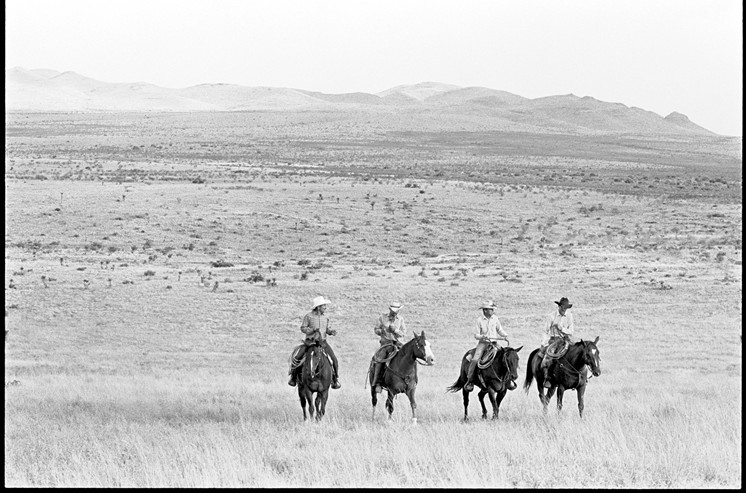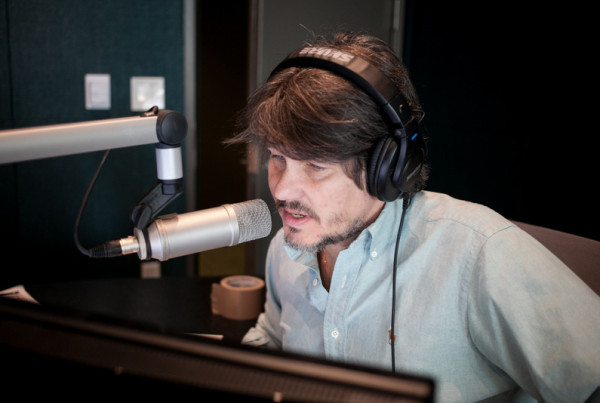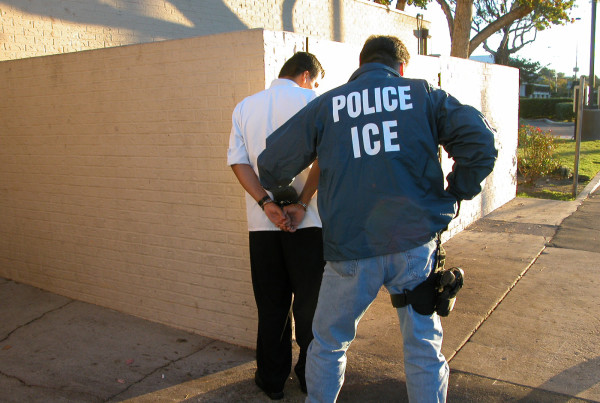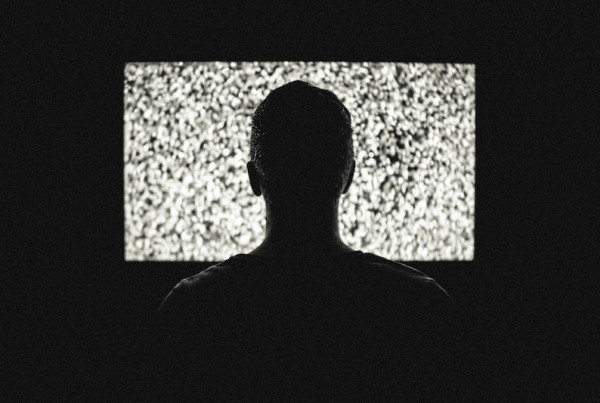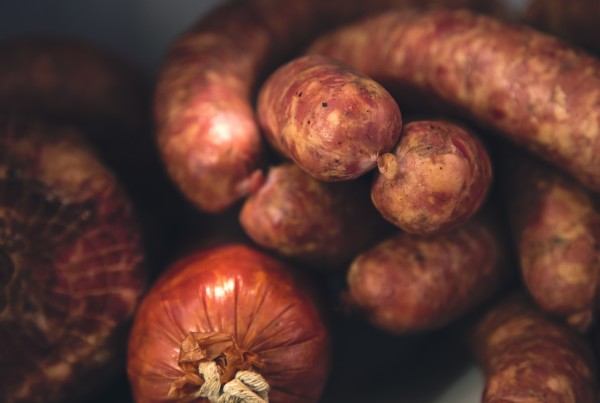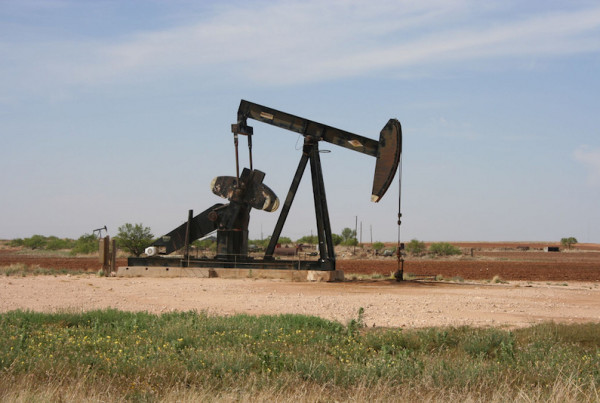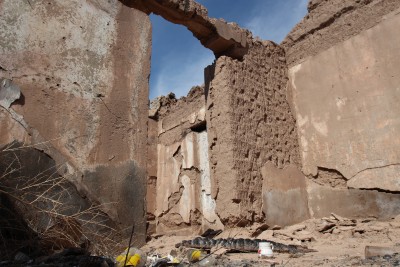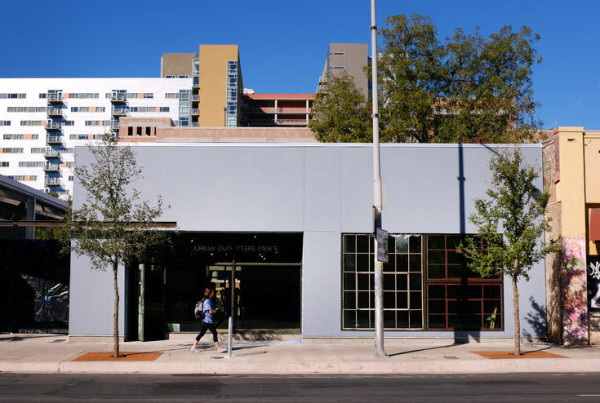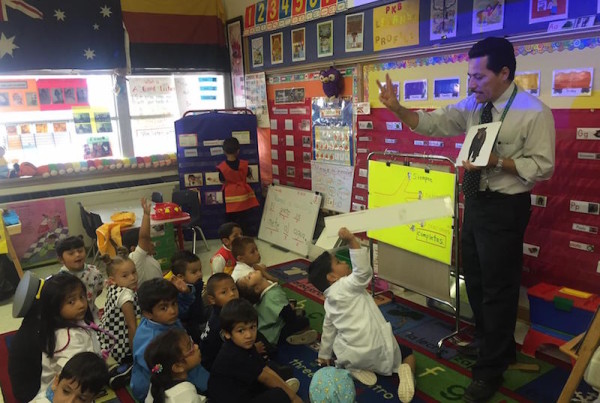As a child growing up in the Northeast United States, photographer Laura Wilson fantasized about what life was like in the American West.
Drawn to the open skies and never-ending landscapes that live just beyond the city limits of cities like Houston, Dallas or El Paso, Wilson experienced the scenery in 1979 when she first worked with legendary photographer Richard Avedon on his series about the American West.
She took from this experience a style of photography that has become a trademark of sorts, with a goal to document people who live in an enclosed world.
Wilson has been documenting the American West for more than three decades. Primarily in black-and-white, her photos allow insights into the lives of farmers, fighter pilots, trick riders, and street preachers.
Wilson speaks to the Standard about her book “That Day: Pictures in the American West,” a companion to her work on display at the Amon Carter Museum of American Art in Fort Worth.
On conveying a connection with the subject:
“Just as you, if we were facing each other right now, wouldn’t want me looking off in the opposite direction. So that, in fact, is the way I always want to photograph someone, looking straight into the camera, so there’s eye contact, and then you have a feeling of connection with a person.”
On her childhood interest in the American West:
“Growing up in the 1950’s in any part of the United States, if you liked the outdoors and in particular, if you liked adventure, I think everybody was interested in the American West. It wasn’t just me and because of movies and dime novels and comic books and then later TV, kids felt like they knew a lot about the West – in that there was a sense of romance and the myth. So when I moved to Texas in 1966, I was then searching for that West that I had felt I knew.”
On how her photography at the border portrays diversity:
“Even today, I do see a continuation of what I felt I knew as a child, but there are other aspects of the West that we all know now. The border, of course. Imagine, the border is national issue and will affect the presidential elections, but even as recently as 25 years ago, very few people outside of the border states knew that much about the border issues.”
“From the reaction to the book and from the reaction to the exhibition at the Amon Carter Museum, I think people are much more aware and much more understanding and much more sympathetic, empathetic to the hard life that many people are leading, doing the hard work that comes out of the American West, whether it’s coal mining, uranium mining, or traditional ranch work or even the lives of those people crossing the border. We know much more than we did 20, 30 years ago.”
On capturing moments with the Hutterites in Montana – who typically do not want to be photographed:
“I was asking him [the colony minister] one morning if I might photograph – and he knew me because I’ve been several times before – and he said ‘No, no, no Laura, you know we don’t allow photography, you know photography is against our religion.’ And his daughter in law was listening to the conversation and she had seen me around the colony and talking to the different women and men and children. She said…’No, no Father, let Laura take pictures, she’s only taking black-and white,’ as if a real photographer and really could do something that would be intrusive, my pictures would be in color.”
Significance of the title “That Day:”
“I mean it as, well, an expression of what I might say about what I’ve been up to that day I was working out in West Texas.”
Listen to the full interview in the player above.


